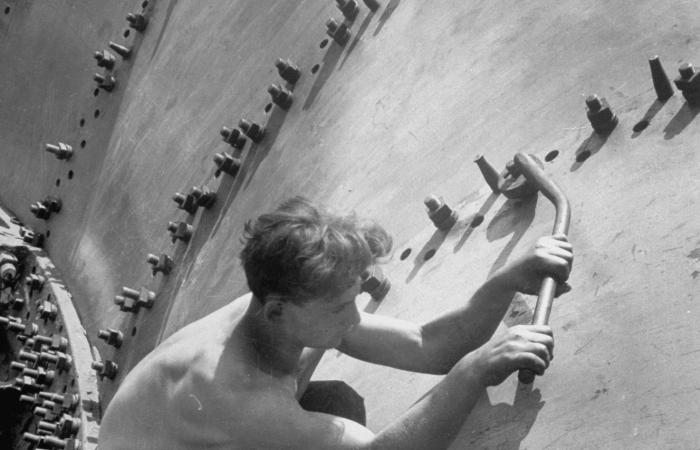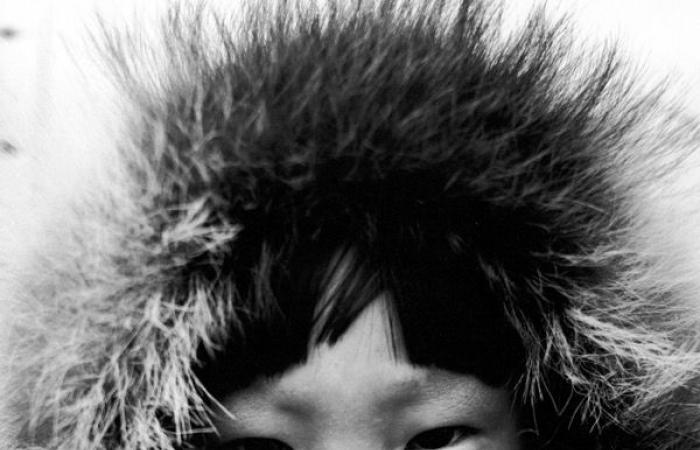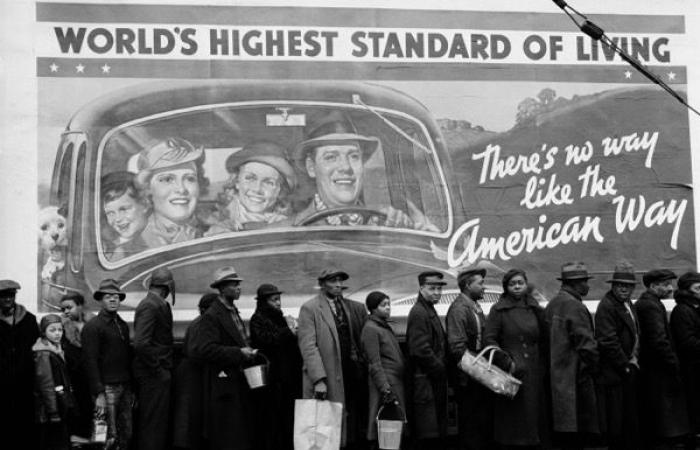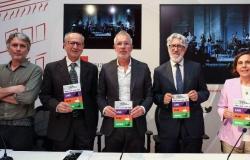Oscar Graubner, Margaret Bourke-White atop the Chrysler Building, New York City, ca. 1932. Margaret Bourke-White/The LIFE Picture Collection
Margaret Bourke-White, Mohandas Karamchand Gandhi reading near a spinning wheel in her home in Pune, Maharashtra, India, 1946. Margaret Bourke-White/The LIFE Picture Collection / Shutterstock
Exactly 120 years after Bourke-White’s birth, the exhibition curated by Monica Poggi follows the photographer on her travels around the globe, witnessing thirty years of history: from reportages on American industries to trips to the Soviet Union, from the denunciation of racial segregation in the South of the United States to the great works carried out during the Second World War in North Africa, the USSR, Italy and Germany, following the entry of the Allied troops into Berlin and documenting the horrors of the concentration camps.
Margaret Bourke-White, South African banner “Stop police terror” during a speech at the second communist meeting in 1950. Margaret Bourke-White/The LIFE Picture Collection / Shutterstock
From the beginning, the transformations of the world are at the heart of the enthusiastic research of Margaret, who studies biology at Columbia University and attends the lessons of the famous pictorialist photographer Clarence H. White. In 1929 the publisher Henry Luce invited her to contribute to the birth of the illustrated magazine Fortunes and from that moment his career will be on the rise. Observing its evolution is anything but a monotonous activity: if initially his works focus on architecture and industrial machines, almost completely excluding man from the field of vision, Bourke-White will later make a decisive change of direction, aiming the focus is on people. Preferring posed photographs, his lens will transform even the most humble subjects into universal actors, heroic even in poverty.

Margaret Bourke-White, A Russian worker tightens the nuts of enormous bolts during the construction of a generator for the Dnieper Dam, Zaporizhzhya, Ukraine, 1930. Margaret Bourke-White/The LIFE Picture Collection / Shutterstock
Unfortunately for us, the journey ended in 1960, when Margaret was only 56 years old. After a career of unforgettable reportages, Parkinson’s disease forces her to abandon photography, but her story continues thanks to her writing: her autobiography Portrait of myselfpublished in ’63, will be a bestseller.
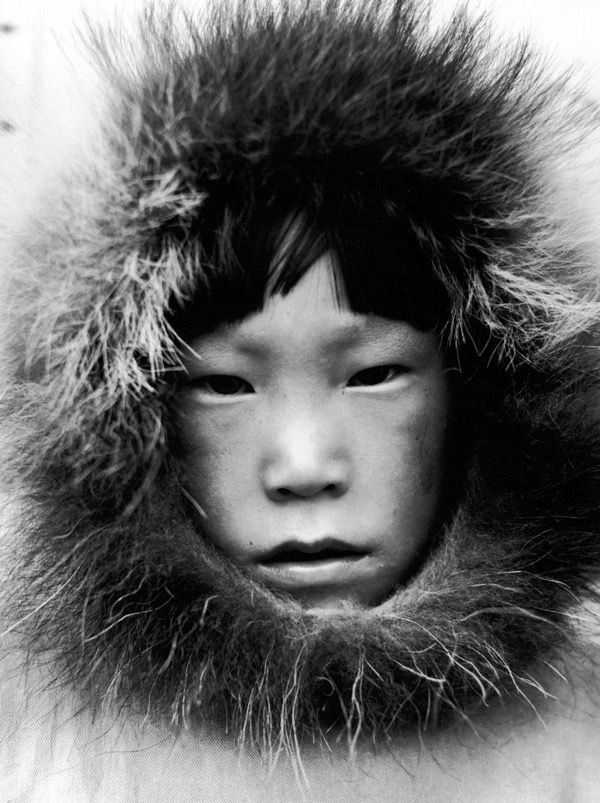
Margaret Bourke-White, Eskimo, Tuktoyaktuk, Canada, 1937. Margaret Bourke-White/The LIFE Picture Collection/Shutterstock
Margaret Bourke-White. The work 1930-1960 it will be open to the public at Camera – Italian Center for Photography from 14 June to 6 October 2024.
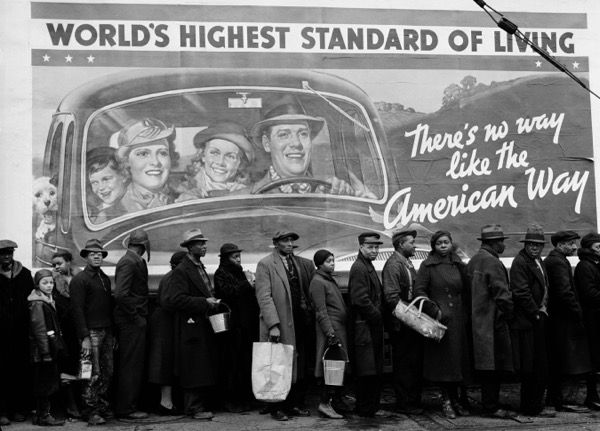
Margaret Bourke-White, African-American flood victims queuing to receive food and clothing from a Red Cross relief center in front of a billboard that ironically extols: “The highest standard of living in the world / There is no other road but the American one ”, Louisville, Kentucky, 1937. Margaret Bourke-White/The LIFE Picture Collection / Shutterstock


